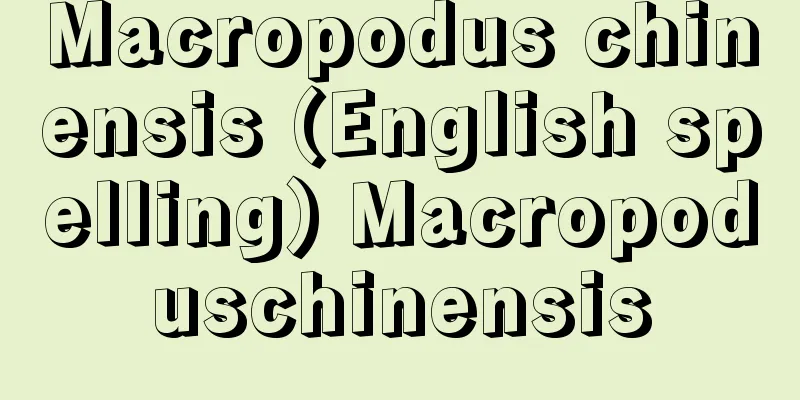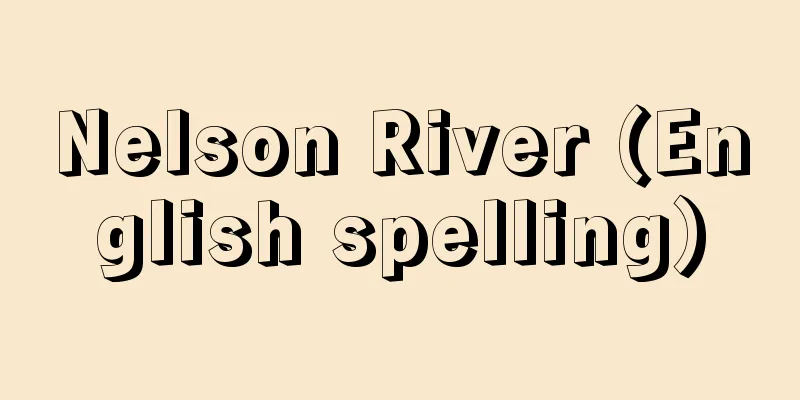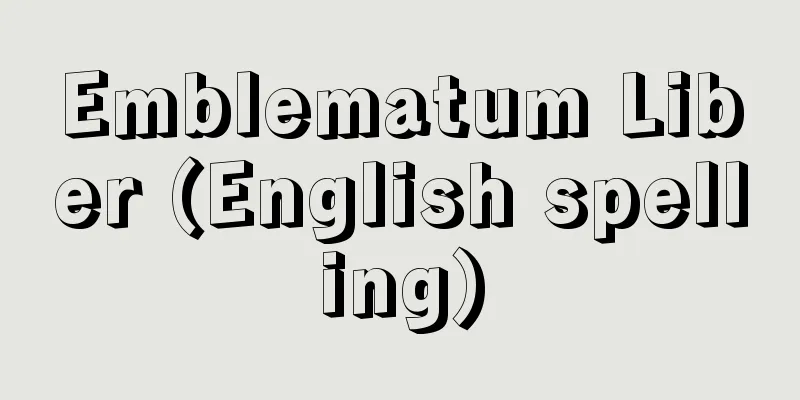Usuki rock carved Buddha

|
<br /> A group of stone Buddha statues in Maeda and other areas of Usuki City, Oita Prefecture. The designated names are "Usuki Cliff-Carved Buddhas with Hiyoshi Tower, Five-Ring Tower with Inscription from the 2nd year of Kao, Five-Ring Tower with Inscription from the 2nd year of Joan ." Over 60 stone Buddha statues and pagodas carved into the exposed tuff deposits in the valley of the Fukada River, a tributary of the Usuki River. The stone Buddha statues are divided into four sections, named according to the place names: "Hoki Stone Buddhas Group 1 ( Dogasako Stone Buddhas)," "Hoki Stone Buddhas Group 2," "Sannoyama Stone Buddhas," and "Furuzono Stone Buddhas." The carvings are estimated to have taken place between the late Heian and Kamakura periods, and are considered important not only as an archaeological site of advanced Buddhism that flourished in a local area, but also in terms of considering political and social exchange between the central and local areas. In 1934 (Showa 9), it was designated a national historic site, and in 1952 (Showa 27) it was given its current name and designated as a special historic site, and in 1995 (Heisei 7), 59 of the statues were designated as national treasures, the first rock-carved Buddhas in Japan. The seated Amida Nyorai statue in the second group of Hoki stone Buddhas has a mellow and elegant appearance comparable to the Fujiwara Buddhas in Kyoto, and is a symbol of Usuki rock-carved Buddhas along with the seated Vairocana statue of Furuzono stone Buddha and the Sannozan stone Buddha triad. The Hiyoshi Pagoda is located in Fukada, and is an elaborate pagoda made from Aso lava, recognized as having been made in the Kamakura period. The Gorinto is located on the hills of Nakao, and both are memorial towers made from Aso lava. Take the Kyushin Kotsu bus from JR Nippo Main Line Usuki Station to the Usuki Stone Buddha stop, and it is a short walk away. Source: Kodansha National Historic Site Guide Information |
|
大分県臼杵市前田ほかにある石仏群。指定名称は「臼杵磨崖仏 附日吉塔(つけたりひよしとう) 嘉応二年在銘五輪塔(かおうにねんざいめいごりんとう) 承安二年在銘五輪塔(じょうあんにねんざいめいごりんとう)」。臼杵川の支流、深田川の谷あいの露出した凝灰岩の堆積層に刻まれた六十数体の石仏群と仏塔。石仏群は4区画に分かれ、地名によって「ホキ石仏第1群(堂ケ迫(どうがさこ)石仏)」「ホキ石仏第2群」「山王山石仏」「古園石仏」と名付けられている。彫られた時代は、平安時代後期から鎌倉時代と推定され、一地方に花開いた高度な仏教遺跡としてばかりでなく、中央と地方の政治的、社会的交流を考えるうえでも重要な遺跡とされ、1934年(昭和9)に国の史跡に、1952年(昭和27)に現名称に変更されて特別史跡の指定を受け、1995年(平成7)には59体が磨崖仏では全国初の国宝に指定された。ホキ石仏第2群の阿弥陀如来坐像は、京の藤原仏にも比肩される温雅な姿で、古園石仏の大日如来坐像や山王山石仏の三尊像とともに臼杵磨崖仏の象徴的な存在となっている。なお、日吉塔は深田にあり、阿蘇熔岩で造られた精巧な宝篋印塔(ほうきょういんとう)で、鎌倉時代の作と認められる。五輪塔は中尾の丘陵上にあり、ともに阿蘇熔岩で造られた供養塔である。JR日豊本線臼杵駅から臼津(きゅうしん)交通バス「臼杵石仏」下車、徒歩すぐ。 出典 講談社国指定史跡ガイドについて 情報 |
Recommend
Light-hearted tales - light-hearted tales
...The storyteller uses fans and hand towels as p...
Intercalary month - Uruzuki (English spelling)
In the lunar calendar, one lunar month is 29.53 da...
Hepburn, A.
...This film was shot on location in Rome and on ...
Eugenics - English spelling: eugenics
Applied bioscience that arose with the goal of imp...
catechumenal school
... After the decree of Emperor Theodosius in 392...
Caprera Island (English spelling)
A small Italian island 2km northeast of the Medite...
Mr. Omori
Chikaie, a descendant of the Middle Regent Fujiwar...
Iwai
?-528 A powerful clan leader in the first half of...
Lunda
...The kingdom of the Lunda people that once exis...
Dolomite limestone - limestone
...A sedimentary rock mainly composed of dolomite...
"De la law" (English spelling)
…Mably, who dreamed of an idealistic equal societ...
Cold-blooded animals - Hen-on-dobutsu
An animal whose body temperature changes dependin...
dissolved matter
…Suspended matter includes fine particles derived...
Santori (English spelling)
In the narrow sense, it refers to students studyin...
Eisenstaedt, A. (English spelling) EisenstaedtA
... In Germany, from the late 1920s, the methodol...









